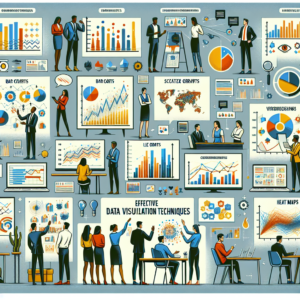Introduction
The rapidly evolving professional landscape continuously underscores the importance of learning and skill development. Recognizing this need, LinkedIn, a leader in professional networking, expanded its services to include an educational platform. This initiative led to the creation of LinkedIn Learning, a comprehensive resource for professionals seeking to enhance their skills and advance their careers.
The Strategic Acquisition of Lynda.com
LinkedIn Learning, an online educational platform, evolved from LinkedIn’s need for continuous skill development. In April 2015, LinkedIn acquired Lynda.com for approximately $1.5 billion. This acquisition marked a major step in LinkedIn’s growth in professional education.
Integrating Lynda.com’s Resources
Post-acquisition, LinkedIn utilized Lynda.com’s extensive video library. These videos spanned various professional and technology subjects. The integration offered personalized learning experiences, tailored to users’ career needs.
Launching LinkedIn Learning
In September 2016, it was officially launched. The platform offered courses in Business, Creative, and Technology. This launch marked LinkedIn’s shift from networking to career development. The courses are designed to improve skills and advance careers.
Personalized Learning Experiences
A key feature of LinkedIn Learning is course recommendations based on the user’s profile. Recommendations consider job roles, skills, and goals. This personalization uses LinkedIn’s data on job trends and skill requirements.

This image was generated using the Discord AI platform.
Integration with LinkedIn Profiles
The integration of LinkedIn Learning with LinkedIn profiles is a significant feature that adds substantial value to the user experience. When a user completes a course on LinkedIn Learning, they have the option to add this achievement directly to their LinkedIn profile. This integration serves multiple purposes:
- Enhanced Professional Credibility: By displaying completed courses, professionals can showcase their commitment to self-improvement and continuous learning. This is particularly valuable in industries where keeping up-to-date with the latest skills and technologies is crucial.
- Increased Visibility to Employers: In today’s competitive job market, distinguishing oneself is vital. Adding completed LinkedIn Learning courses to a profile can help job seekers stand out. It signals to potential employers that the candidate is proactive about their professional development.
- Personalized Skill Endorsement: The courses a user chooses to display on their profile can also act as a personalized endorsement of their skills. It highlights their areas of expertise or the new skills they have acquired, providing a more dynamic and detailed professional summary.
- Networking and Collaboration Opportunities: Displaying completed courses can facilitate networking opportunities. It enables like-minded professionals to connect over shared interests and skills, fostering collaboration and professional growth.
- Feedback Loop for Course Improvement: The integration also benefits LinkedIn Learning as a platform. By monitoring which courses are most frequently added to profiles, LinkedIn can assess the popularity and perceived value of different courses, allowing them to tailor and improve their offerings.
This feature effectively bridges the gap between learning and professional branding. It allows users to leverage their educational pursuits for career advancement and networking, making LinkedIn Learning not just a learning platform, but a tool for career development.
Continuous Growth and Evolution
Since its launch, LinkedIn Learning has been growing. It constantly adds new courses and features, reflecting LinkedIn’s commitment to lifelong learning.
Conclusion
LinkedIn Learning shows the power of combining education with a professional network. It has made learning a more integral, accessible part of career development.
If you wish to learn more about the evolution of E-learning and the future of E-learning, check out E-learn.guide’s article.











